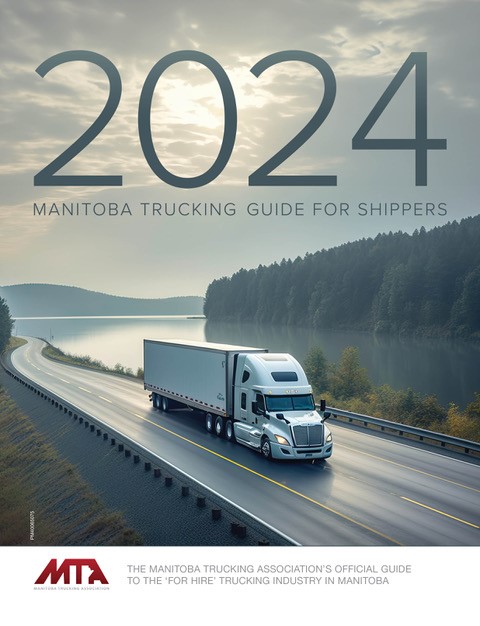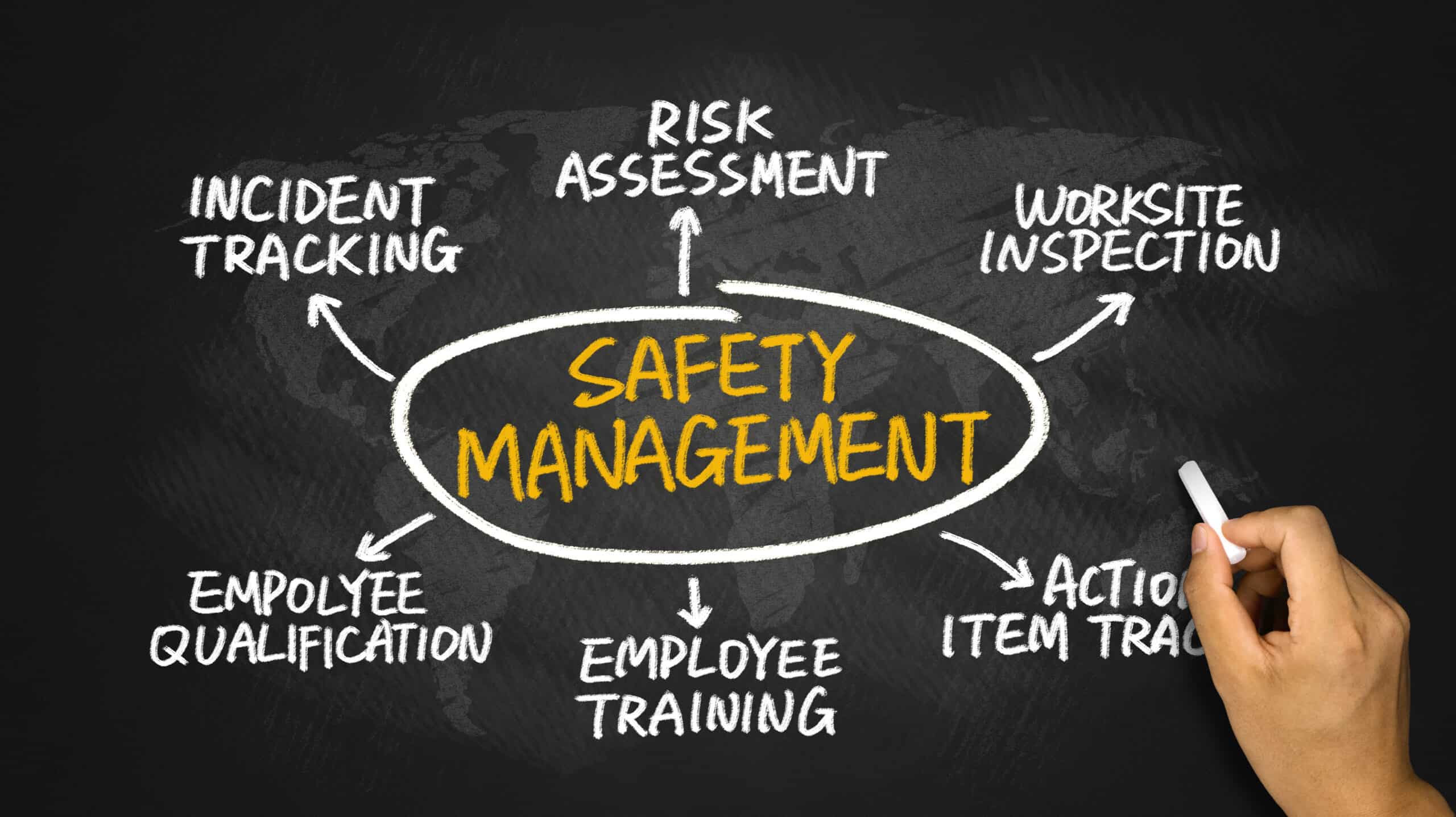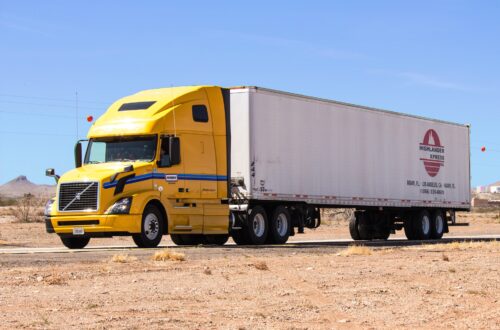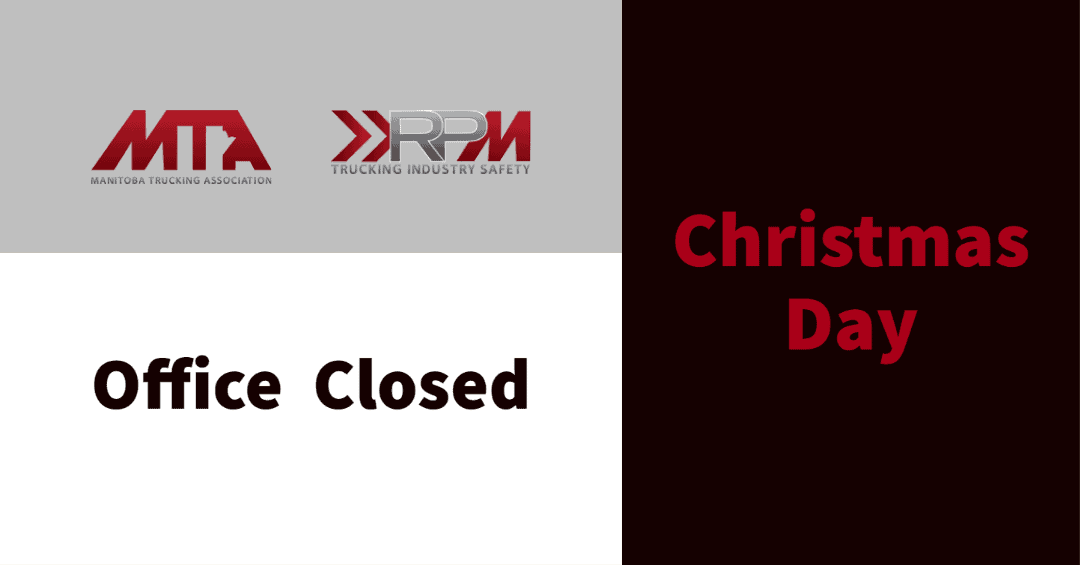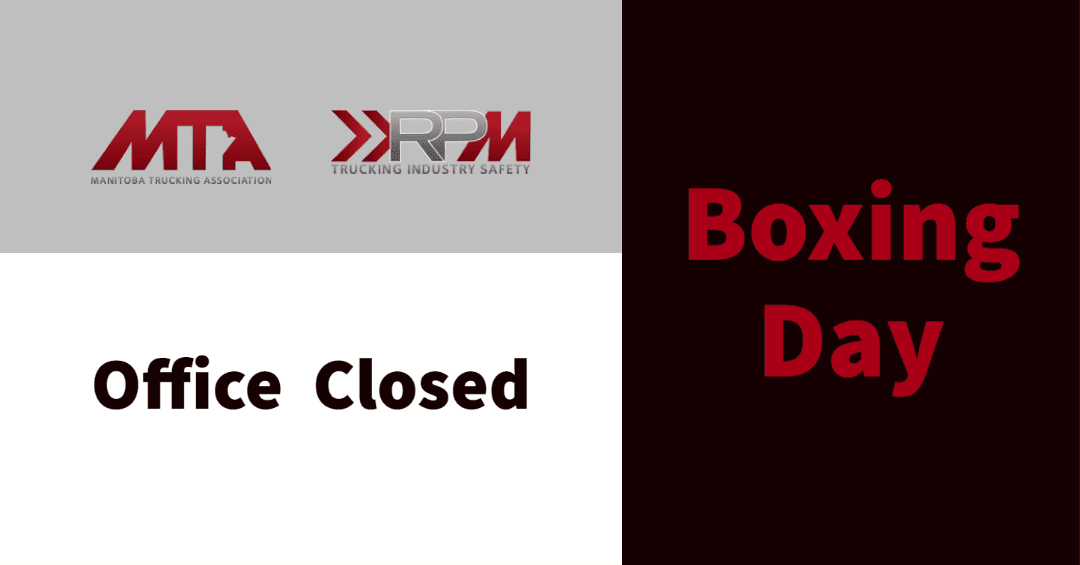Manitoba Trucking Association
An advocacy group working on behalf of the trucking industry.
The trucking industry is a vital and significant contributor to the Manitoba and Canadian economy. Trucking is an essential service important to the lives of Manitobans.
1932
MTA was founded
300+
Member Companies
28,000
Trucking Industry Employees
Featured Content
Events
Loading view.
June 4 @ 9:00 am - June 19 @ 5:00 pm
Fleet Safety Managers – 06/4/2024 to 06/19/2024
June 22 @ 9:00 am - June 23 @ 4:00 pm
Next Generation – 06/22-23/2024
October 10 @ 9:00 am - October 11 @ 5:00 pm
MTA Train the Trainer – 10/10/24-10/11/24
October 22 @ 9:00 am - November 6 @ 5:00 pm
Fleet Safety Managers – 10/22/2024 to 11/06/2024
News
Featured
Latest
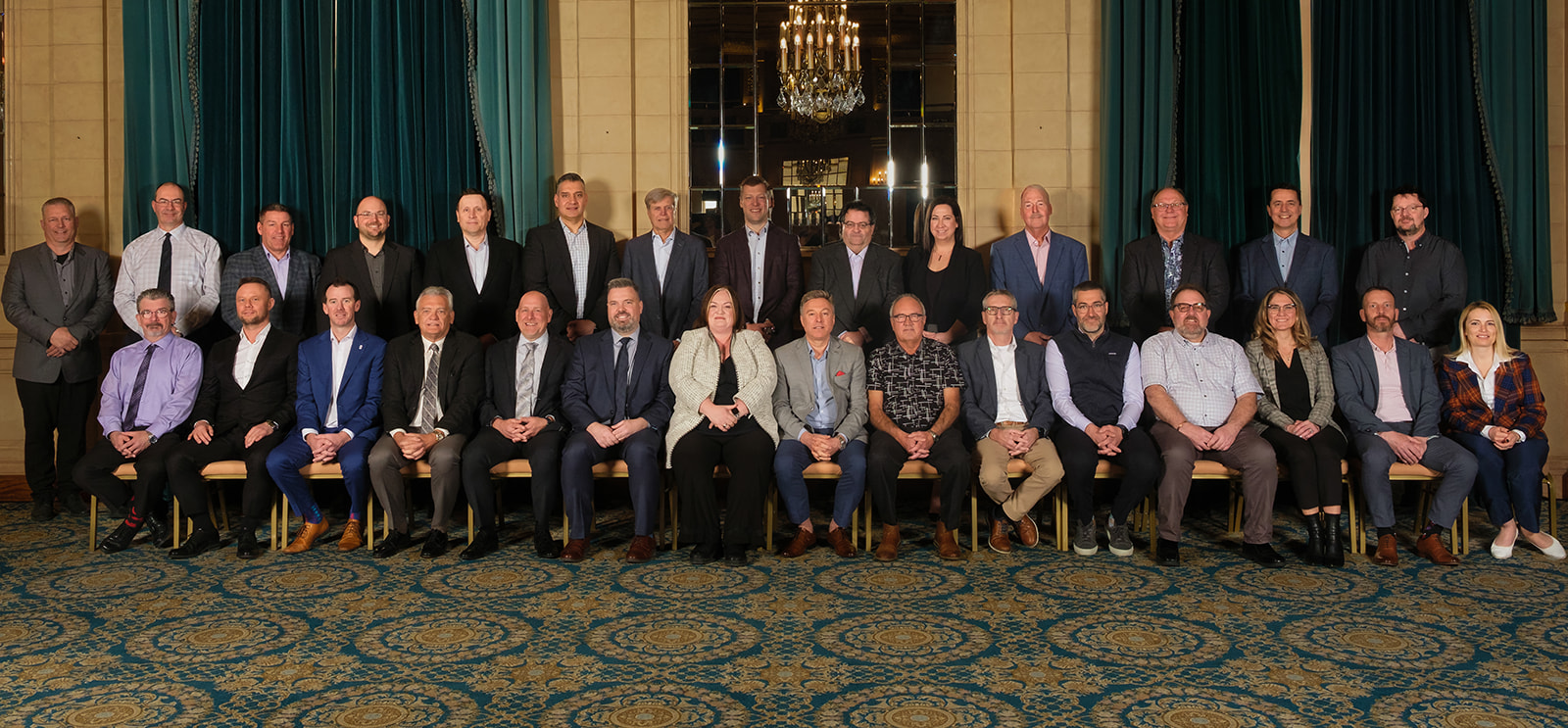
MTA Elects 2024-2025 Board of Directors
Members gathered for the 92nd Annual General Meeting of the Manitoba Trucking Association on Friday, April 12, 2024. Motions passed included the adoption of the actions of the Board of Directors, adoption of the President’s Report, appointment of accountants, and adoption of the nomination...

MTA Elects 2024-2025 Board of Directors
Members gathered for the 92nd Annual General Meeting of the Manitoba Trucking Association on Friday, April 12, 2024. Motions passed included the adoption of the actions of the Board of Directors, adoption of the President’s Report, appointment of accountants, and adoption of the nomination...
Where to find us
Manitoba Trucking Association
25 Bunting Street
Winnipeg, Manitoba
R2X 2P5
Phone: (204) 632-6600
Fax: (204) 694-7134
Email: info@trucking.mb.ca
Where to find us
Manitoba Trucking Association
25 Bunting Street
Winnipeg, Manitoba
R2X 2P5
Phone: (204) 632-6600
Fax: (204) 694-7134
Email: info@trucking.mb.ca

